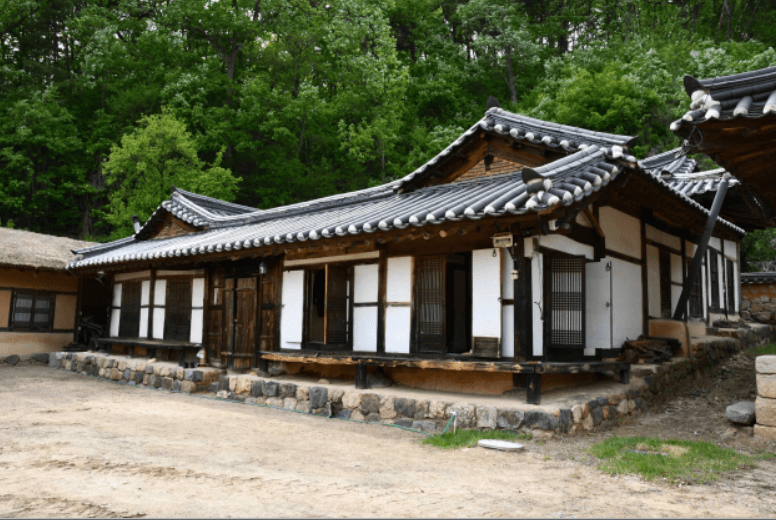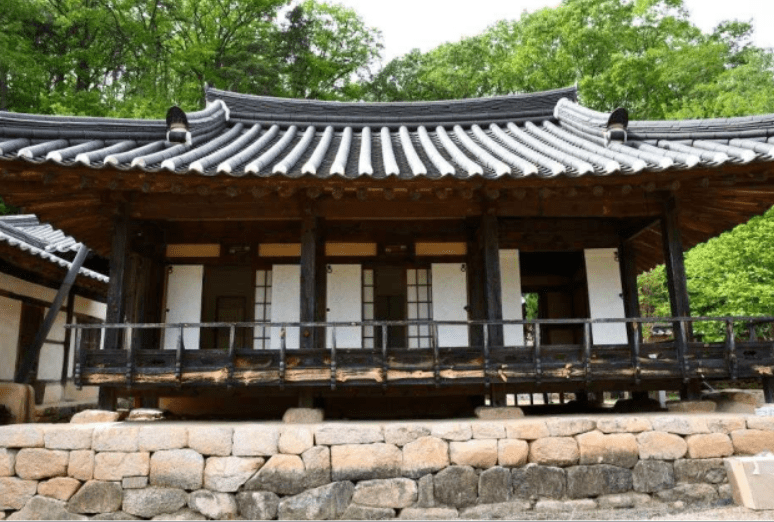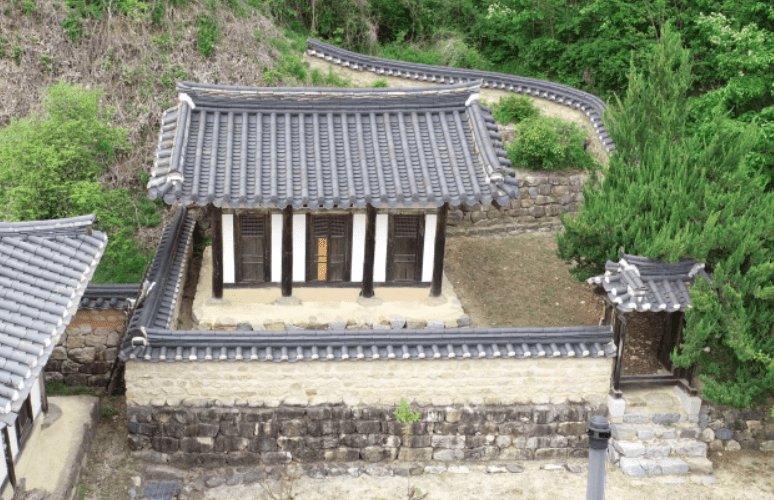The Andong Jeonju Ryu Clan’s Samsan Ancient House has been designated as a National Folk Cultural Heritage.
The Heritage Administration (Administrator Heo Min) announced on the 21st that the “Andong Jeonju Ryu Clan’s Samsan Ancient House” located in Yean-myeon, Andong-si, Gyeongsangbuk-do, has been designated as a National Folk Cultural Heritage.
Samsan Ancient House is a traditional Korean house that enshrines the honorary tablet of Ryu Jeong-won (1702-1761) of the Samsan (Three Mountains), presumed to have been built by his father, Ryu Seok-gu, in 1693. It has maintained its legacy for over 330 years. The honorary tablet is a designation for individuals who made significant contributions to Confucianism or were highly respected, initiated by the local Confucian scholars.
The name ‘Samsan’ was derived from the view from the main floor of the house where three mountain peaks are aligned when looking south, which later also became the name of the village.
The traditional house consists of five buildings: the main building, the men’s quarter, the shrine, the stable building, and the main gate building. It features the typical “ㅁ”-shaped courtyard structure of the northern Gyeongbuk region, with a clear division of internal and external spaces due to separate construction of the main and men’s quarters. The building elements such as doors, windows, and railings reflect features of late Joseon private architecture.
In the main building, the living room and the great room are placed side by side, differing from the traditional arrangement in the Andong area where the living room and the upper room are placed on either side of the great room. The main house has a gabled roof while the left and right wings, as well as the middle gate building, are arranged in a “ㄷ” shape, indicating different construction periods and simpler roof forms.
Ryu Jeong-won studied the ‘I Ching’ in-depth during his lifetime and authored “Yeokhae Chamgo” and “Harak Jiyo.” He served as Prince Sado’s teacher, held the position of chief councilor, and was an assistant in the financial ministry. During his tenure as a local governor, he was recognized for his virtuous administration, being recorded 11 times as exemplary in Jeong Yak-yong’s “Mokmin Simseo.” His descendants continued the academic heritage and produced over 10 independence fighters during the Japanese occupation, taking a leading role in the Andong region’s social movements.
The Heritage Administration plans to systematically preserve and manage Samsan Ancient House for utilization as a historical-cultural tourism resource. In addition, it announced proactive administration to newly discover and designate folk cultural heritages with high historical and academic value.


